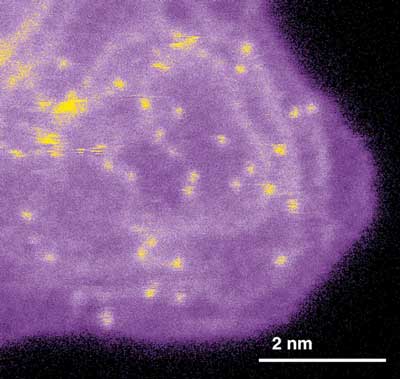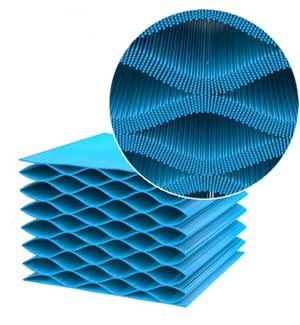
Thursday, March 1, 2018
Durable wood carbon sponge could be the future of wearable sensors, pollutant treatment
Engineers have for the first time demonstrated that wood can be directly converted into a carbon sponge capable of enduring repeated compression and other extreme mechanical conditions.
A nanoscaffold for heart cells
Biophysicists have studied the structure of a nanofibrous scaffold, as well as its interaction with rat cardiac cells. The study revealed that cardiomyocytes - heart muscle cells - envelop nanofibers as they grow, while fibroblasts - connective tissue cells - tend to spread out on fibers forming several focal adhesion sites.
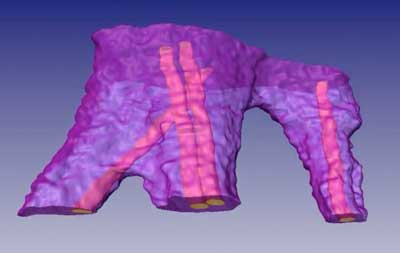
A spinning top of light
Short, rotating pulses of light reveal a great deal about the inner structure of materials. Physicists have now developed a new method for precisely characterising such extremely short light pulses.
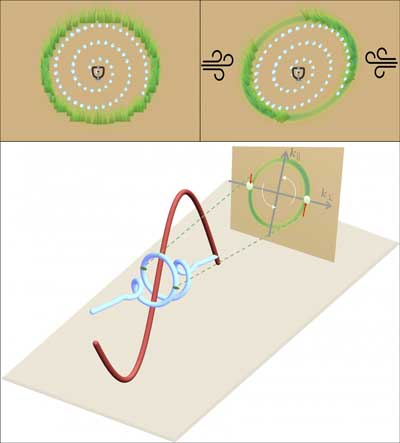
Practical spin wave transistor one step closer
Physicists have managed to alter the flow of spin waves through a magnet, using only an electrical current. This is a huge step towards the spin transistor that is needed to construct spintronic devices.
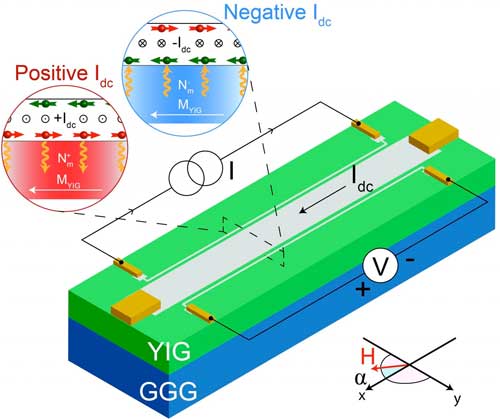
Atomic movies explain why perovskite solar cells are more efficient
Tracking atoms is crucial to improving the efficiency of next-generation perovskite solar cells.
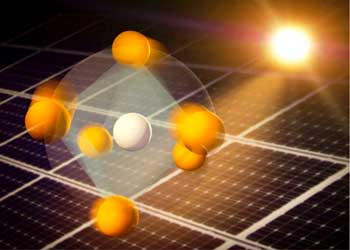
The shape of things to come for quantum materials?
Single sheets made of pentagons are proven to exist and uniquely combine promising electronic properties and air stability.
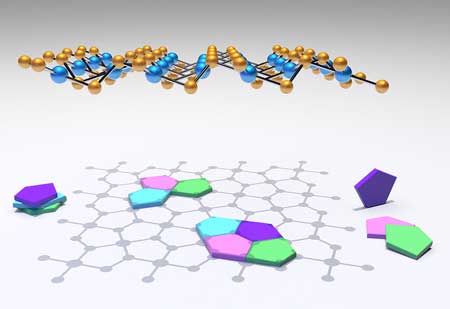
Buckyball marries graphene
Electronic and structure richness arise from the merger of semiconducting molecules of carbon buckyballs and 2-D graphene.
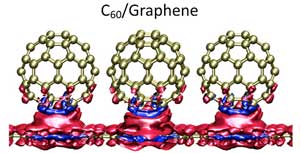
Nanocarriers should cure grapevine trunk diseases
New funding initiative supports research about degradable nanocarriers for plant protection.

Students find ways to use nanotechnology for good, win funds
The NTEC program encourages diverse, student-led teams to apply nanotechnology-based ideas to sustainability challenges in areas like public health, agriculture, clean water, and renewable energy. Winning teams receive seed funds to help develop their idea, as well as business development assistance and mentorship.
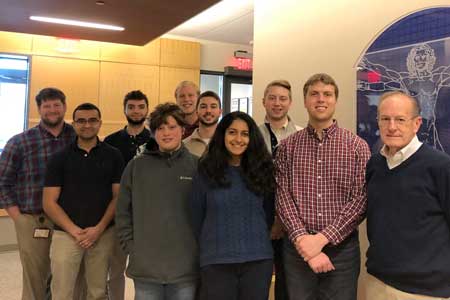
Pointing light
Researchers take a materials approach to the application-rich area of steering light beams without moving parts.
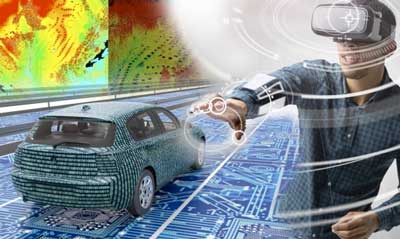
Converting CO2 into usable energy with graphene nanosheets
Scientists show that single nickel atoms are an efficient, cost-effective catalyst for converting carbon dioxide into useful chemicals.
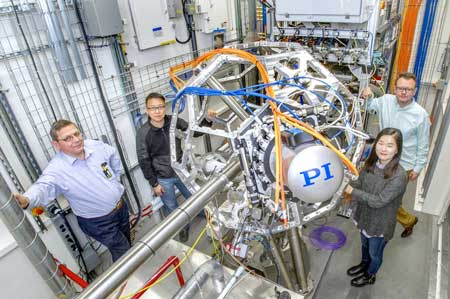
Easy printing of biosensors made of graphene
Scientists are now producing biosensors with graphene electrodes cheaply and simply in roll-to-roll printing. A system prototype for mass production already exists.
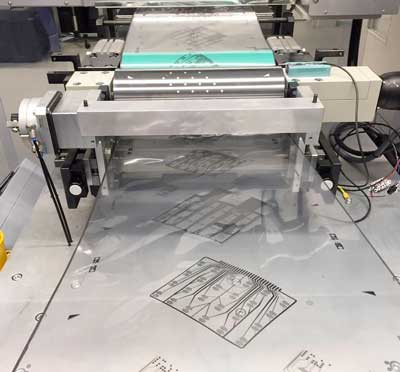
Subscribe to:
Comments (Atom)

